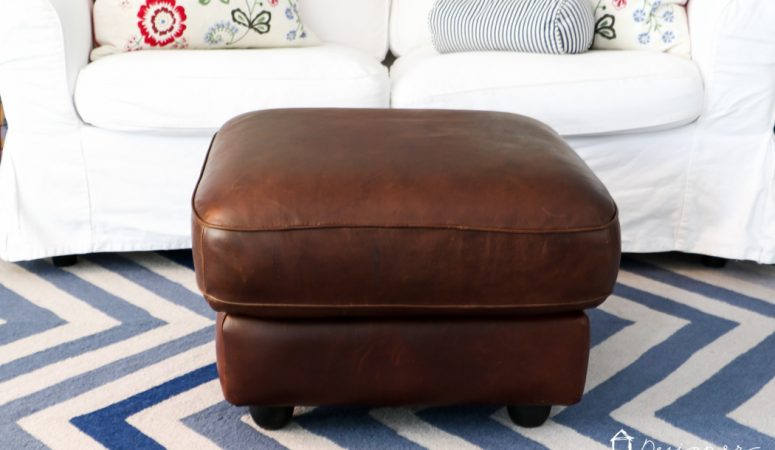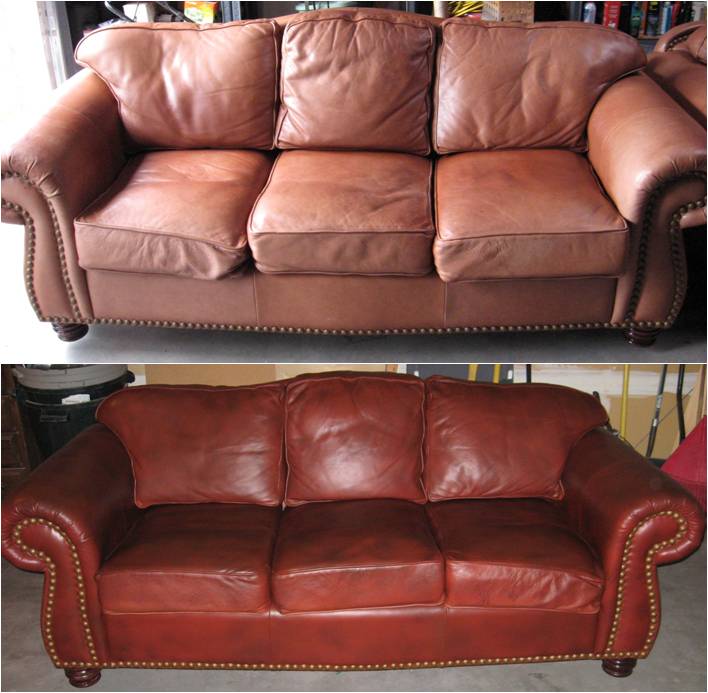 Neutralization of excess acid. H. A B. Soest, T. Stambolov and P. B. Hallbeek (1985) suggest deacidification of the skin from excess acid (pH < 3) with gaseous ammonia, using the ability of ammonia to combine with …
Neutralization of excess acid. H. A B. Soest, T. Stambolov and P. B. Hallbeek (1985) suggest deacidification of the skin from excess acid (pH < 3) with gaseous ammonia, using the ability of ammonia to combine with …
Preventive treatments for leather products
 Preventive treatments
Preventive treatments
temperature and humidity. Leather items should be kept as constant as possible, about 15°C, and with balanced relative air humidity of 50-60%.
Light. As already mentioned, artifacts made of leather cannot be exhibited …
The influence of biological factors on the skin

Biological factors. Collagen, despite being essentially immune, however, it is destroyed by microorganisms. This is caused by the decomposition of substances introduced into the skin, such as tannins, fats and carbohydrates. Bacteria, yeast, fungi develop between collagen fibers, …
The influence of chemical agents on the skin

Chemical factors. Among air pollutants, the most dangerous enemy of leather products is sulfur dioxide, which oxidizes on the skin fibers and turns into sulfuric anhydride, giving sulfuric acid with steam. Of course, the humidity of the environment has an influence on the intensity of the action of the acid. Acid …
Humidity, Sunlight, Aging
 Humidity. Fluctuations in air humidity have a negative effect on the skin. Too dry air causes the loss of its elasticity, followed by brittleness and brittleness. Excessive humidity creates favorable conditions for the development of mold and fungi, leading to structural changes, swelling and folding, and affects …
Humidity. Fluctuations in air humidity have a negative effect on the skin. Too dry air causes the loss of its elasticity, followed by brittleness and brittleness. Excessive humidity creates favorable conditions for the development of mold and fungi, leading to structural changes, swelling and folding, and affects …
Destructive factors and symptoms of skin diseases

The basic component of the skin is collagen, resistant substance, belongs to the group of scleroproteins, characterized by mechanical strength and insolubility in the aqueous environment. In addition, it includes other proteins, fats and carbohydrates. Rawhide is not suitable for articles because of …